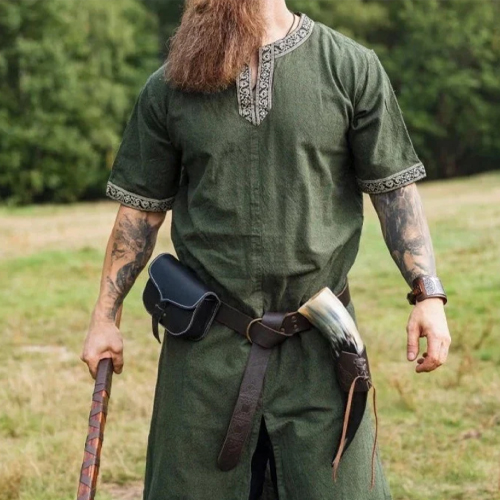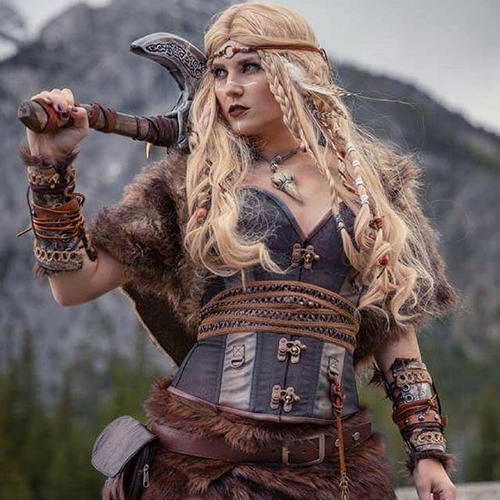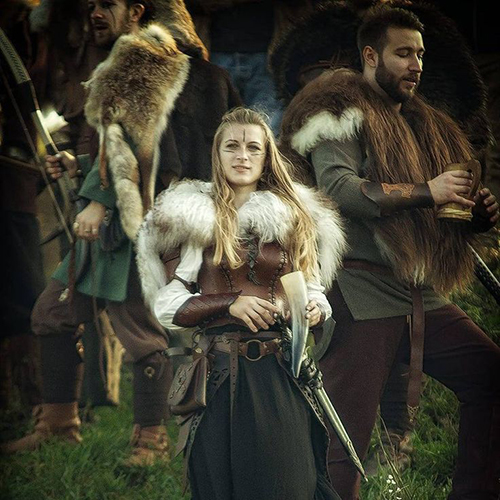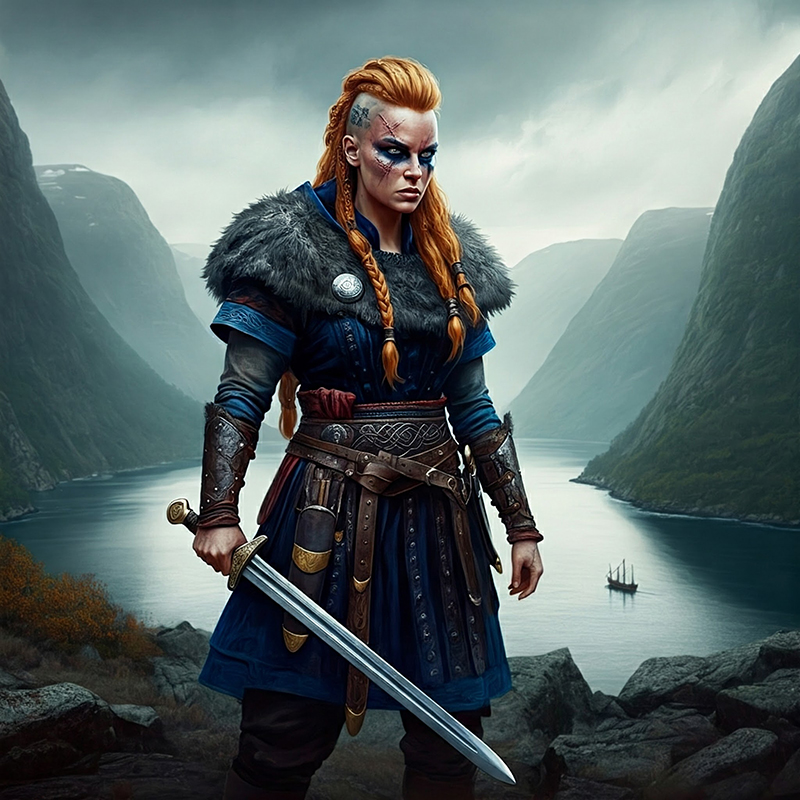Viking Blog
Viking Costume: From Myth to Reality, Inspiring Unique Styles!
Vikings bring to mind fierce warriors, unafraid of any challenge. Yet, behind their heroic facade, Viking costumes hold great value. They have historical, cultural, and unique stylishness worth exploring. This article explores the significance, evolution, and appeal of Viking costumes today.
Mythical Origins
Viking costumes were vital to their lifestyle. They showed their readiness for battle and reflected their culture and daily life. The Vikings are often remembered as fearsome raiders of medieval Europe. They relied on practical yet symbolic attire to survive their harsh environment. Let’s dispel one myth right away: Vikings did not wear horned helmets! This is a misconception perpetuated by modern media.
Archaeological findings and histories show that Vikings used natural materials for their costumes. They used wool, linen, leather, and silk. Woolen cloaks, handwoven with care, were a staple. They provided warmth and durability against the frigid Scandinavian climate. Leather was vital for protection and water resistance. Linen provided a cool underlayer. Wealthier individuals often opted for silk imported through Viking trade routes.

Iconic Style
One of the most enduring myths about Viking attire is the horned helmet. This depiction contains many inaccuracies. Modern media and stage productions promote it often. In reality, craftsmen made Viking helmets of leather and metal. They were practical and protective for battle. Chainmail, while iconic, was a luxury. Its high cost made it available to elite warriors only.
Vikings characterized their clothing by tunics, trousers, and belts.
- Tunics: These were often knee-length or longer for men, and ankle-length for women.
- Trousers: They fit snugly, and manufacturers make them from wool or linen.
- Belts: These are essential for carrying tools, weapons, and pouches.
Both men and women wore simple, elegant jewelry, like brooches and beads. They used it to fasten their garments or show their status. Their attire often featured intricate patterns inspired by Norse mythology. These included knotwork, dragon motifs, and symbols of gods like Odin and Thor. Artists wove or embroidered them into the fabric, adding an artistic touch.
Modern-Day Inspiration
Today, the allure of Viking style has transcended historical boundaries. Modern Viking costume recreations use bright colors and detailed embroidery. Their crafted accessories make them popular for reenactments, themed parties, and cosplay.
Various domains of contemporary fashion and design showcase the influence of Viking aesthetics. Viking-inspired outfits, from high-end runway collections to DIY Halloween costumes, capture many imaginations. This includes work by Alexander McQueen and Versace. The appeal lies in a perfect mix of rugged strength and refined artistry. It makes these costumes both bold and beautiful.
Modern jewelry and clothing now use Viking motifs. They include interwoven patterns and dragon heads. They also include mythological symbols. Leather armors, faux fur cloaks, and replica Viking weapons are popular. Enthusiasts want to embody the spirit of the Norse warriors.

How to Choose the Right Viking Costume
You must select or craft a perfect Viking costume that is both detailed and authentic. Here are some tips to get started:
- Materials Matter: Opt for natural fabrics like wool and leather for a realistic touch. Faux fur can add an extra layer of authenticity and comfort.
- Accessories Are Key: Belts, brooches, and armbands can elevate your costume. Consider adding accurate, historical weapons, like wooden shields and plastic Viking axe replicas.
- Colors and Patterns: Use earthy tones like browns, greens, and grays. Add subtle embroidery or Norse-inspired designs.
- Footwear: Traditional Viking footwear was often made from leather. Modern equivalents, like ankle boots or leather shoes, can complete the look.
- Where to Find Inspiration: For accurate Viking clothing, look to historical sources, museums, and websites.
- Where to Buy/Make: You can find Viking costumes and accessories online, on Etsy, and at historical clothing stores. Or try making your own using easy patterns and tutorials.

The Lasting Legacy of Viking Costumes
Viking costumes are a great way to connect with history. They suit a costume party, a reenactment, or a love of Norse culture. They are timeless because they blend style with function. They are as relevant today as they were centuries ago.
Viking attire is more than a fashion statement. It’s a tribute to a culture of artistry, resilience, and adventure. Let the Vikings’ spirit inspire your wardrobe and spark untold stories!

